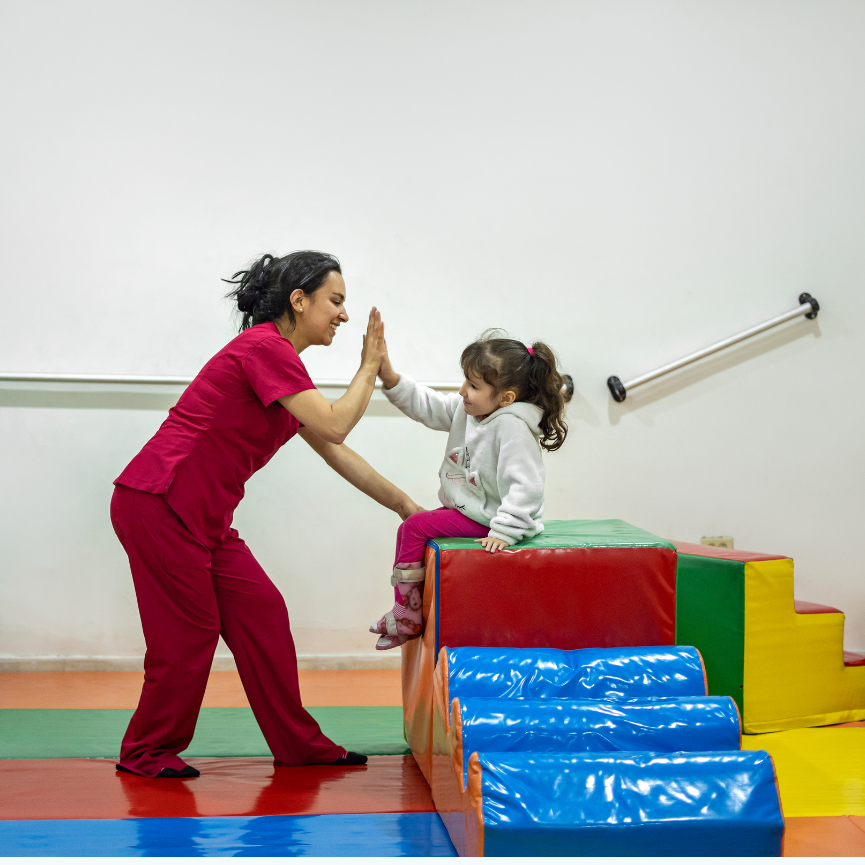
- May 20, 2024
- 119 Views
- 0 Comments
Benefits Of Occupational Therapy For Autism
Boost Independence and Confidence: The Incredible Benefits of Occupational Therapy for Autistic Children
Children with autism spectrum disorder (ASD) may struggle to interact and communicate with others; their range of interests, activities, and playabilities may be constrained. What, then, is the cure? To help people with autism develop these abilities at home and school through evaluation and therapy, the solution lies in occupational therapy for autistic children.
Occupational therapists collaborate with a team of parents, educators, and other specialists to promote the development of a child with autism. They also aid in establishing clear objectives for the autistic individual, including those related to social contact, daily conduct, and academic performance.
Occupational therapists research a person's everyday activities, growth, and development and how they interact with their surroundings.
They specialize in the psychological, physiological, and social repercussions of disease and damage. They can encourage independent living skills in people with autism and other developmental disabilities thanks to this understanding.
Some of the skills occupational therapy helps to develop:
- Daily living skills, such as toilet training, dressing, brushing teeth, and other grooming skills
- Fine motor skills are required for holding objects while handwriting or cutting with scissors
- Gross motor skills used for walking, climbing stairs, or riding a bike
- Sitting, posture, or perceptual skills, such as telling the differences between colors, shapes, and sizes
- Awareness of their body and its relation to others
- Visual skills for reading and writing
- Play, coping, self-help, problem-solving, communication, and social skills
A child's focus on daily work may improve if these talents are encouraged and developed. Peer and adult interactions may also improve.
Occupational therapy to evaluate ASD
The therapist keeps an eye on the kids to see if they are capable of performing activities that kids their age should be capable of, such dressing themselves or playing a game.
The therapist will occasionally have the child videotaped during the day to observe how the child interacts with their surroundings and to better determine the type of care the child requires. One of the following observations by the therapist could be:
- Attention span and stamina
- Transition to new activities
- Play skills
- Need for personal space
- Responses to touch or other types of stimuli
- Motor skills such as posture, balance, or manipulation of small objects
- Aggression or other types of behaviors
- Interactions between the child and caregivers
Benefits of occupational therapy for children with autism spectrum disorder
An occupational therapist can create a program for your child after gathering information. These programs should be specifically tailored to the needs and abilities of each child.
The most effective treatment consists of early intervention and a tailored regimen.
A range of techniques may be combined in occupational therapy to improve how well your child interacts with their surroundings.
- Physical activities, such as stringing beads or doing puzzles, to help a child develop coordination and body awareness
- Play activities to help with interaction and communication
- Developmental activities, such as brushing teeth and combing hair
- Adaptive strategies, including coping with transitions
Aims and objectives of occupational therapy
An individual with autism can enhance their quality of life at home and at school with the support of occupational therapy.
So that children with autism can be as independent as possible, the therapist assists in introducing, maintaining, and improving abilities.



Comments - 0 comments till now